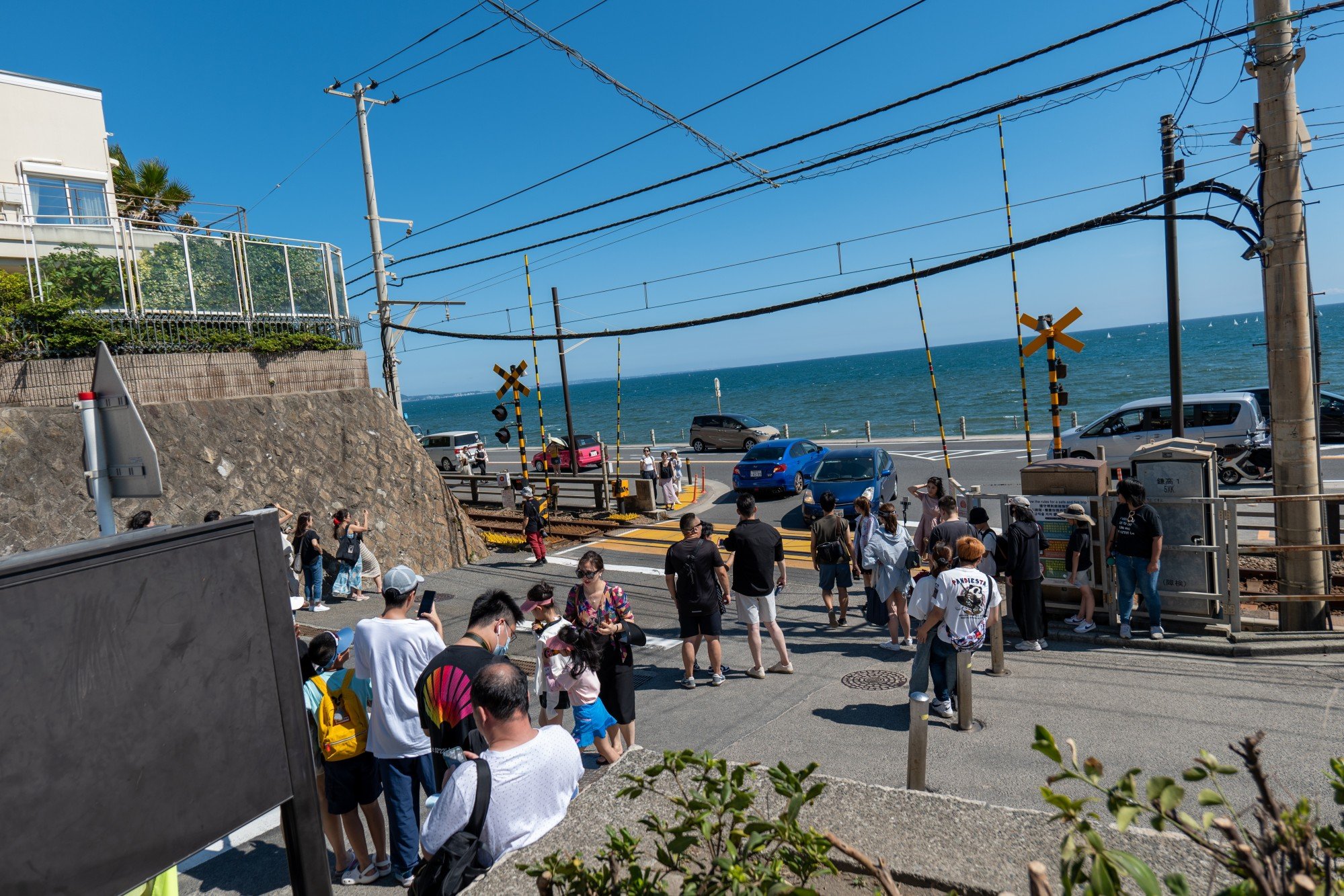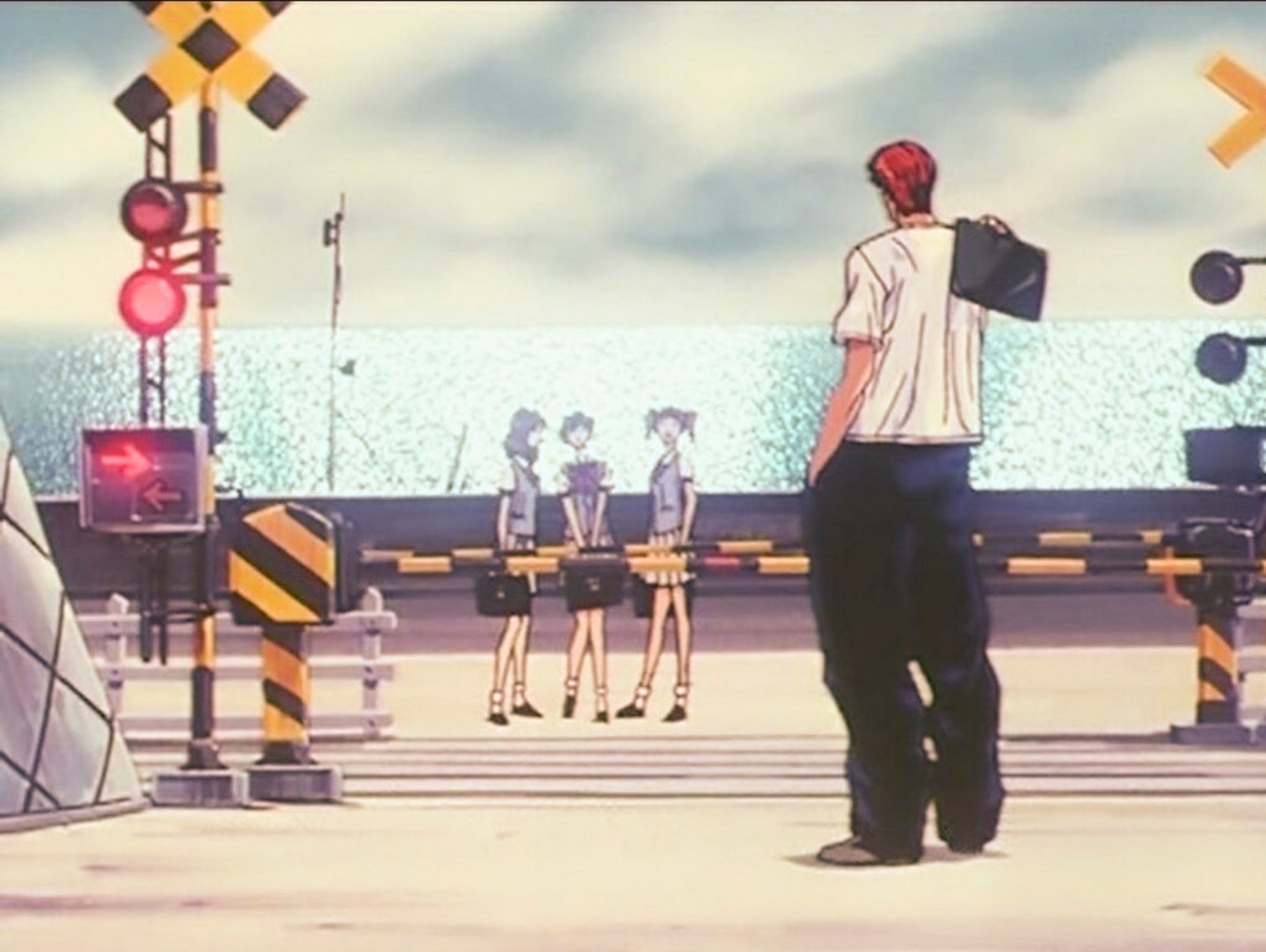
Japan receives a rude reminder on overtourism evils as international tourist numbers near pre-pandemic levels, with Kyoto one of the pressure points
- Japan welcomed more than 2 million international visitors for a fourth consecutive month in September, with their spending beating even pre-pandemic levels
- The country is already looking at measures amid overtourism concerns, including allowing operators to raise rail ticket prices during holidays and weekends
Last week, a contemporary tourism morality tale played out in three parts over a single day.
The first act was published by Reuters. Under the headline, “Japan international visitors reach 96 per cent of pre-Covid level in September”, the newswire reported that “Japan welcomed more than 2 million international visitors for a fourth consecutive month in September […] marking a near full recovery to pre-pandemic levels.
“The number of foreign visitors for business and leisure was 2.18 million last month, data from the Japan National Tourism Organization (JNTO) showed, up slightly from 2.16 million in August.”
It has been a year since Japan reopened to allow in most visitors visa-free, and all remaining Covid-19 controls were scrapped in May. Since then, “Arrivals have maintained a rapid recovery pace, peaking at 2.32 million in July, as airlines added more international flights and the yen’s slide to a near 33-year low made Japan a bargain destination.
Why are tourists not returning to mainland China?
“The number of visitors arriving from 15 markets, including the United States, South Korea and Singapore, reached record levels for the month of September, the JNTO said. Travellers from Mexico were a record for any month.
“The strong demand from those markets is helping to compensate for traveller figures from mainland China that are still 60 per cent below 2019, when Chinese accounted for nearly a third of all visitors and 40 per cent of all tourist spending in Japan.”
Part two of our miniseries was delivered by Bloomberg, under the headline, “Spending by Visitors to Japan Beats Pre-Pandemic Levels,” which explained that even though their numbers still remain slightly down, overseas tourists are opening their wallets wider, encouraged by the weak yen.
“Outlays by visitors came to 1.39 trillion yen (US$9.2 billion) in the July-September quarter, up 17.7 per cent from the same period in 2019,” according to figures from the Japan Tourism Agency, which is not the same as the JNTO.

Proving how important they were/are, Chinese visitors – even though they are still at less than half strength – “accounted for the biggest portion of spending in the quarterly data, at 20 per cent of total outlays”, reported Bloomberg.
“Taiwanese visitors accounted for 15 per cent of consumption, with South Koreans and US visitors making up about 14 per cent and 10 per cent, respectively. The data also showed that spending per visitor exceeded pre-pandemic levels by 29 per cent.”
Then came the play’s finale, from Kyodo News, which ran an article headlined, “Japan to OK train fee hikes over holidays amid ‘overtourism’ concerns”.
Kyodo explained that the Japanese government would allow operators to raise rail ticket prices during holidays and weekends “as a crowd control measure, amid concerns about ‘overtourism’ due to a rapid recovery in people travelling since the lifting of coronavirus restrictions.
8 reasons to visit Kyushu, Japan, from food stalls to volcanoes and onsen
“The government also decided at a ministerial meeting […] to relax rules around introducing express bus services, in order to directly connect train stations and tourist spots and alleviate traffic jams, which can disrupt local residents in nearby areas during their commutes.”
Vowing to grapple with drawbacks of tourism such as traffic, pollution and littering, Prime Minister Fumio Kishida, who attended the meeting, was quoted by Kyodo News as saying, “In some areas and during certain periods, there has been an impact on the lives of local residents due to inbound tourists, such as bad manners.”
Morioka: the trending Japanese tourist destination you’ve never heard of
The news service then went on to list a few of the tourism-related issues the country has had to contend with recently: “In Biei in Hokkaido, northern Japan, tourists have trespassed into private farmland to take pictures of the town’s beautiful scenery, while an increase in sightseeing vehicles has resulted in traffic congestion.
“In Kamakura, Kanagawa Prefecture, near Tokyo, problems have been created by tourists littering, as well as their increased presence on a public road to take pictures of a railroad crossing featured in the popular basketball manga and anime series Slam Dunk.
“In Kyoto, western Japan, buses packed with tourists carrying large amounts of luggage have become an issue, while some have taken pictures of geisha and their apprentices, called maiko, without permission.”

So there we have it; the progression from Covid-19 recovery, through boom times to the evils of overtourism, all within the space of a few short hours.
And the moral of the tale? Be careful what you wish for, we guess!
Was new Hong Kong guidebook written by AI?
The independently published title, which retails for US$10.99 on Amazon, has on its cover not the Central skyline, nor a Star Ferry, nor even a Sai Kung beach.
The shot chosen to display our “vibrant city” in all its glory on the front of this new book is of the Sagrada Familia, which the sharpest among you will know is in fact in a land far, far away.

Apologies to Derrick Johanan if he is a real person – we can find no other trace of this book’s “author” online – but Hong Kong Unveiled looks on first glance as though it was written by AI. And the opening paragraph – which can be read for free on Amazon – seems to confirm that suspicion:
“As I stepped off the plane, the bustling energy of Hong Kong greeted me like a warm embrace. It was my first time in this vibrant city, and I was filled with anticipation. The air was thick with the aroma of street food, and neon lights illuminated the sky. Hong Kong was a world unlike anything I had experienced before.”
A sentiment any resident dipping into Derrick’s Hong Kong would agree with, we’re sure.

